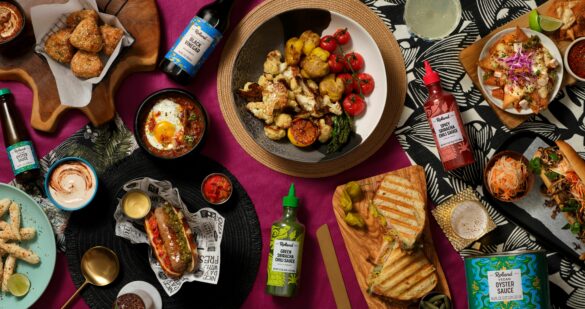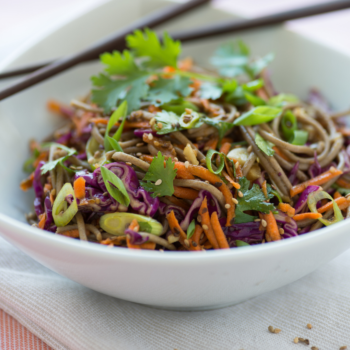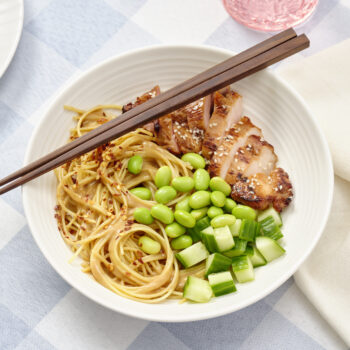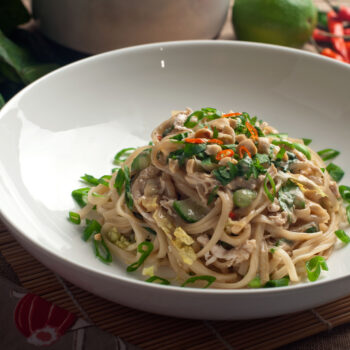Product Spotlight
Types of Asian Noodles
Roland Foods offers several types of Asian noodles in our portfolio of specialty ingredients. We break down the differences between our Asian noodles and discuss how to utilize them.


A GLOBAL PANTRY OF ASIAN NOODLES
Roland Foods is a global pantry - one that allows buyers to explore the world through unique and exciting ingredients. This holds true for our portfolio of our Asian products, which includes an entire line of Asian noodles. With many types of Asian noodles to choose from, it can be challenging to understand the noodle nuances and how to best use each product in your cooking. In this blog, we explore all the types of Asian noodles that Roland Foods offers and how to incorporate them into a wide variety of meals.

The Types of Asian Noodles We Offer
Roland Foods has a large portfolio of Roland® Asian noodles. From Lo Mein to Soba, and Udon to Pad Thai, our Asian noodle offering is quite diverse. We also offer a number of organic noodle options. And since we are a global purveyor of fine ingredients, we source each type of noodle from the countries that make them best. Our Pad Thai Rice Stick Noodles come from Thailand, while our Organic Lo Mein Noodles are sourced from China. It is important to us to get our products from the best places and suppliers to ensure quality and authenticity.
We also offer these Asian noodles in a variety of pack sizes, from 12.8 oz. to 20 lb. to fit all kinds of culinary needs. You can find our entire line of Roland® Asian Noodles here.
With global flavors becoming more ubiquitous in the United States, we predict Asian cuisine will be present in even more home kitchens. Trends shows an uptick in searches for “Asian noodles” over the past five years, further supporting that expectation. With that in mind, we hope to highlight our Asian noodle offering so you can explore your culinary curiosities and test out new recipes.
Understanding the Different Types of Asian Noodles
Because there are so many types of Asian noodles to choose from, it’s important to understand the unique qualities of each when deciding which to use. Below, we break down each type of Asian noodle we offer at Roland Foods.


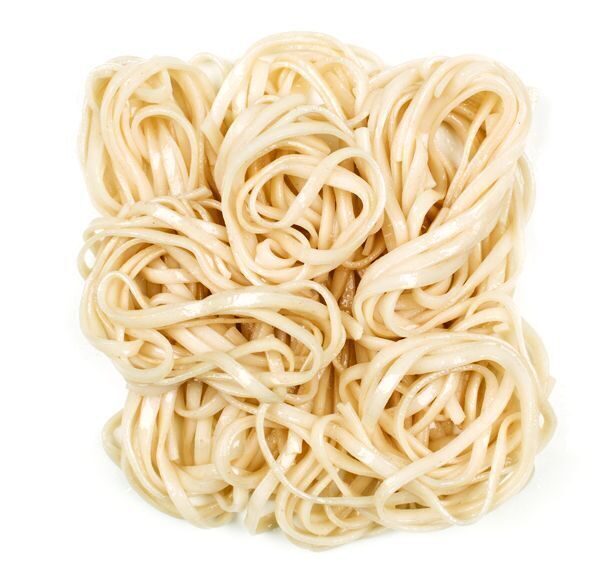
Organic Lo Mein Noodles
Country of Origin: China
Lo Mein Noodles are traditional Chinese noodles made from just two ingredients – wheat flour and sea salt. Arguably one of the most well-known Asian noodle types, especially in the U.S., lo mein is typically stir-fried with vegetables and meats.
To prepare, place the noodles in boiling water and gently stir. When water returns to a boil, continue to cook for three minutes or until tender. Drain and serve.
Chef Tip: If using Lo Mein noodles for stir fry, sprinkle some vegetable oil on them to keep the individual noodles from sticking together.
Organic Buckwheat Soba Noodles
Country of Origin: China
A wheat noodle used most often in Japanese cooking, the Organic Buckwheat Soba Noodle is comprised of organic wheat flour, organic buckwheat flour, and salt. These thin noodles are dark brown in color and have a nutty flavor and chewy consistency. The noodles are typically served cold, often with a dipping sauce or as the base of a noodle bowl, or hot, in a noodle soup or stir fry.
To prepare the Organic Buckwheat Soba Noodles, place in boiling water and gently stir. Once the water returns to a boil, lower heat and simmer for three minutes or until tender. Drain and rinse with cold water to prepare and serve.

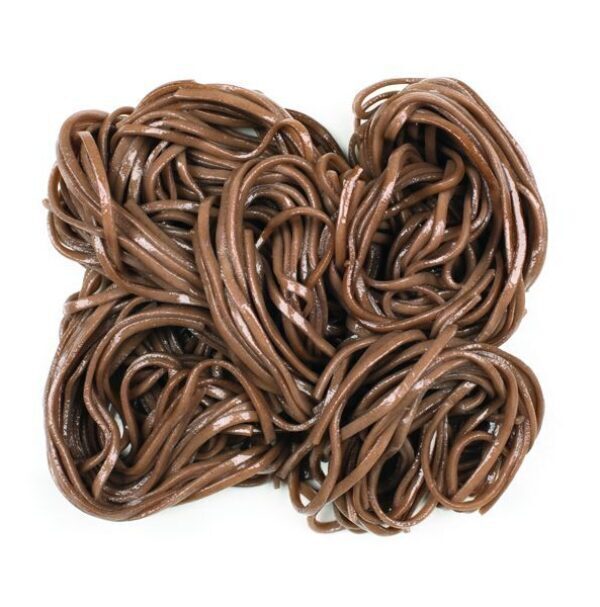

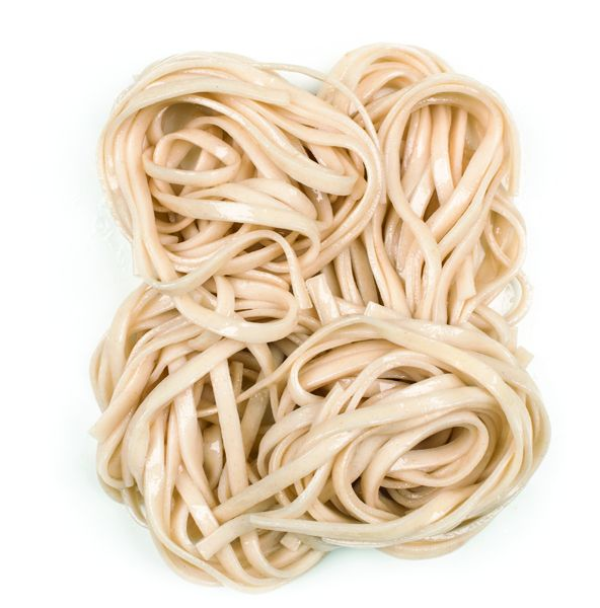
Organic Udon Noodles
Country of Origin: China
Udon Noodles are wheat noodles with a light brown color and soft springy texture. Unlike fresh udon, our dried organic udon noodles will remain thin when cooked. Most commonly paired with Asian flavors, udon noodles have a mild taste and can be used in a variety of dishes and cuisines. Try Roland® Organic Udon Noodles in chicken noodle soup for a twist on a classic comfort dish.
To prepare the noodles, place in boiling water and stir. When water returns to a boil, turn heat to low and continue to simmer for about 5 mins or until tender. Pour into a colander, rinse thoroughly with cold water and drain. May be served in soup or as a main dish.
Pad Thai Rice Stick Noodles
Country of Origin: Thailand
Hailing from Thailand, the Pad Thai Rice Stick Noodle is flat, thin, and rectangular, possessing a firm and chewy texture when cooked. Best known as the main starch in Pad Thai, this noodle easily takes on the savory and complex flavors of its namesake dish. Another plus about Pad Thai noodles? They are naturally gluten-free, making them the perfect addition to several diet-specific dishes.
To prepare the noodles, soak them in cold tap water for 30 minutes to soften. Once complete, place the noodles in boiling water and cook for five minutes. Drain and incorporate into soups, stir fries, or noodle dishes.

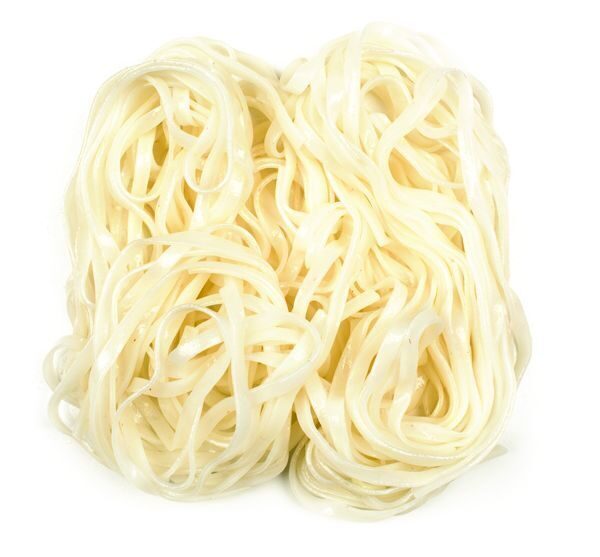

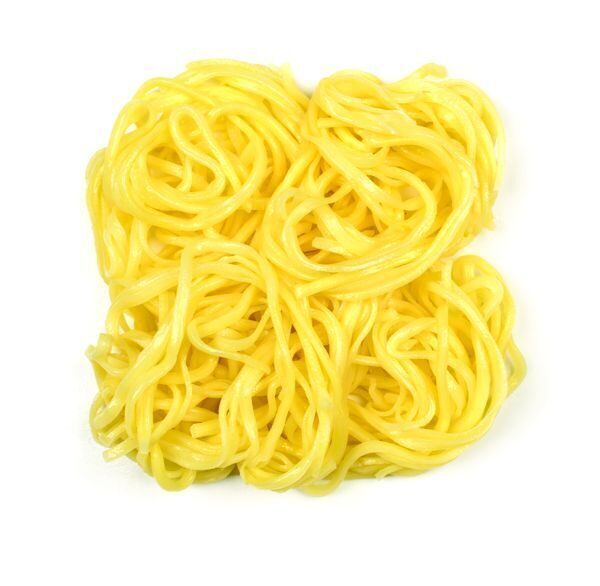
Chuka Soba Noodles
Country of Origin: Taiwan
Unlike the Buckwheat Soba, Chuka Soba Noodles are bright yellow in color. These noodles have an al dente texture, making them ideal for hearty soup broths or with marinated meats. Unlike traditional ramen noodles, the Chuka Soba are also dried, making them a healthier alternative.
To prepare these noodles, add them to boiling water or broth and let them sit for two minutes. Stir for one minute or until cooked through. Drain and serve in hot broth. If serving cold, rinse with cold water and sprinkle with a few drops of sesame oil.
Chef Tip: You can use these noodles as a substitute for ramen in a variety of traditional Asian soups.
Rice Vermicelli Noodles
Country of Origin: Thailand
Another rice noodle from Thailand, Rice Vermicelli are thin and delicate and possess a soft, slightly chewy texture. Because they are made from rice flour, they are another naturally gluten-free alternative great for stir fries, Vietnamese pho soup, or Singapore curry noodles.
To prepare rice vermicelli, place the noodles in a bowl of warm water and let soak for 15 minutes. Add noodles to a pot of boiling water for one to two minutes, or until tender. Strain, rinse in cold water, and serve.

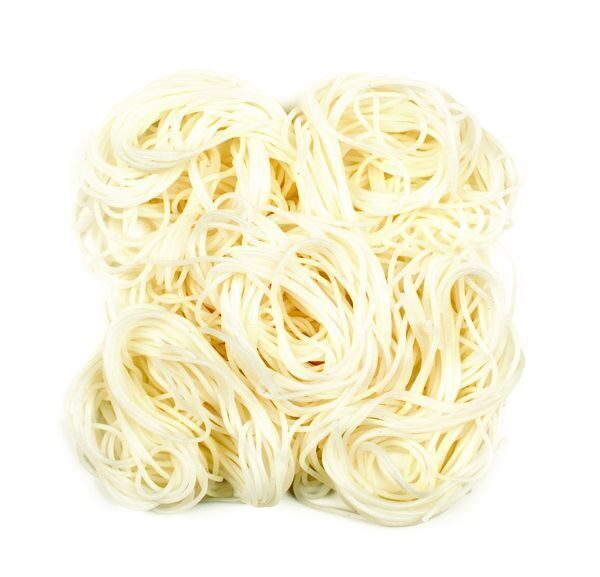

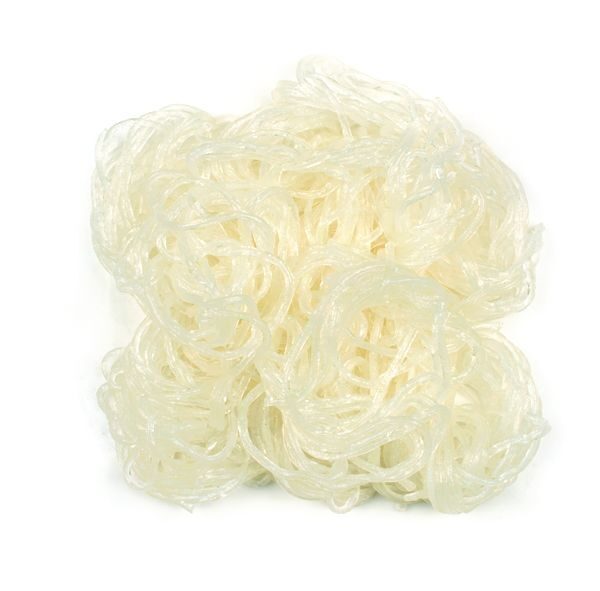
Bean Thread Cellophane Noodles
Country of Origin: Taiwan
Also referred to as “cellophane noodles” or glass noodles," Bean Thread noodles are very thin, making them ideal for soaking up bold flavors. Made from mung bean starch, bean threads are naturally gluten free. Use these noodles in soups, salads, or vegetarian spring rolls. For a sweet twist, use them as they do in Indonesia, Malaysia, and Singapore, where they are boiled and added to sweet drinks and desserts, usually in combination with palm sugar syrup or coconut milk.
To prepare, soak the bean threads in warm water until softened, about ten minutes. Drain thoroughly and cut in half. Cook noodles in boiling water for 30 seconds and drain.
Hsinchu Rice Noodles
Country of Origin: Taiwan
Hsinchu Rice Noodles are made from ground white rice. They are long and thread-like, taking on a firm, but not chewy texture when cooked. Translucent in color, this noodle is preferable for lighter fare. Hsinchu Rice Noodles are used by pan-Pacific restaurants in a variety of dishes.
To prepare, place in boiling water and cook briefly.

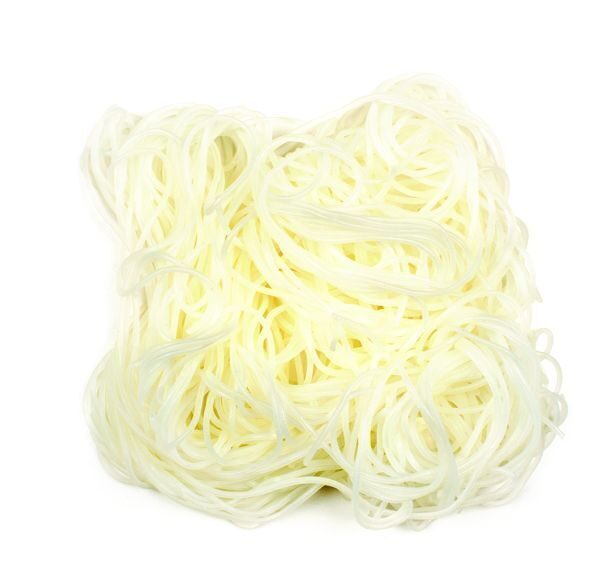
Explore Your Culinary Curiosities with Asian Noodles
Asian noodles come in a variety of sizes, textures, and consistencies perfect for an array of applications. Any noodle can act as a delicious and hearty base for stir fry, soups, noodle bowls, or even salads. No matter your desired dish, you’re sure to find the perfect noodle within our Roland® product collection. Sourced from the places that make them best, there are all types of Asian noodles to explore.
Ready to test your culinary capabilities with noodles? Explore our Asian noodle recipes.
